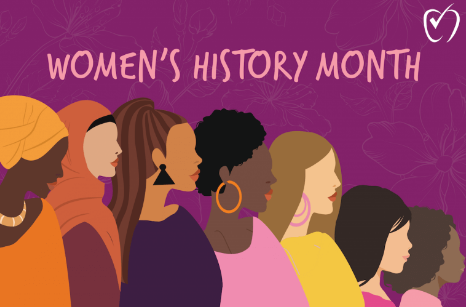An Overview of Women’s History Month

March 24, 2022
Women’s history month spans from the first day of March to the conclusion of it. It was first declared in the 1980’s as an honorable week commencing on the 8th. Within six years, Congress came together to establish it as a national celebration that would be expanded to a month-long period after successful protests from the National Women’s History Project. The annual month highlights and prioritizes both the contributions from, and by women, as well as the purpose to uplift their voices.
To this month, it is prioritized to recognize achievements women have accomplished within American history. The annual celebration establishes a deeper understanding of the significance and importance Women’s History month truly holds. To further understand the patriarchal context aids in comprehending the roots and origin of the commemoration. For there once was an era where the demand in justice related to women issues such as suffrage was higher. From Susan B. Anthony, an American women’s rights activist, to Ruth Bader Ginsburg, a former Supreme Court Justice, the timeframe of significant role figures and milestones taken by women range far throughout history.
With shedding late on the manners of how women have taken and gained control over generations it can be acknowledged the monumental reforms that have since taken place. Although history put aside women currently continue to further build onto and enrich it. Even with the identification of the progress that has been developed, women and specifically women of color are still in run-ins with systemic barriers. Women’s rights continues to be a fight around the world that is being fought. Attempts of eliminating racial disparities and advancing economic security for women is a fight that has not yet completely been won. It is as to why we celebrate the monumental battles that have been accomplished.